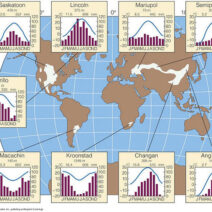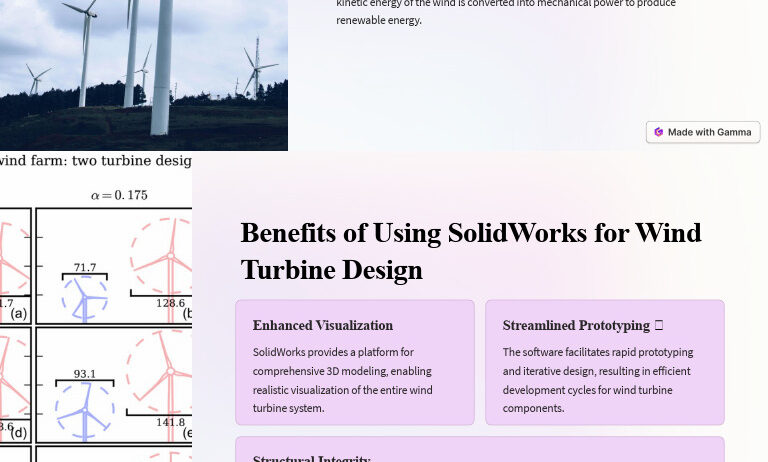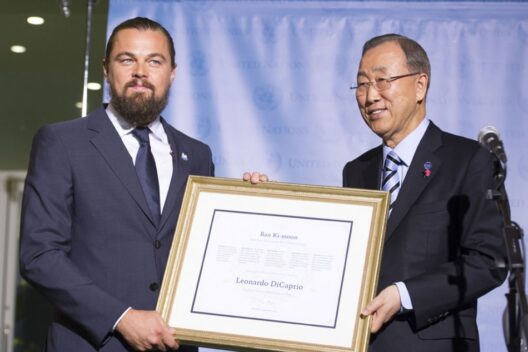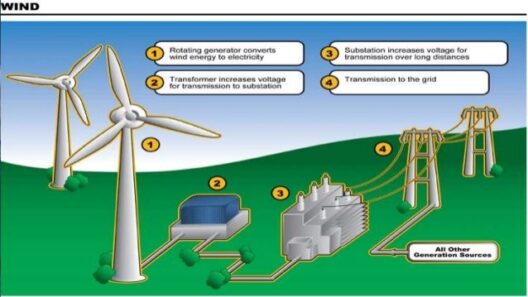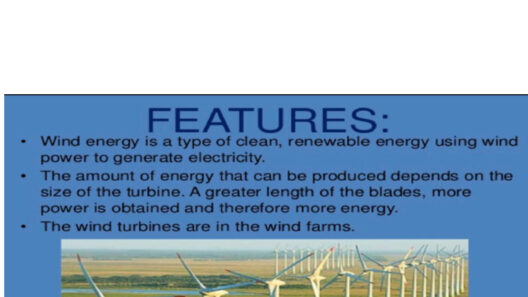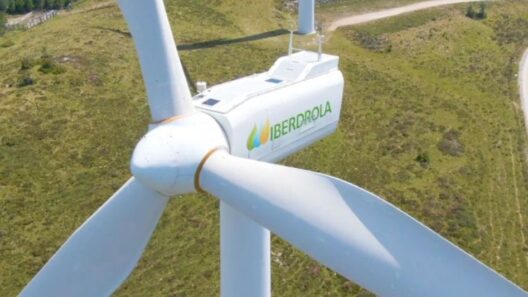Wind energy, an increasingly vital source of renewable power, has surged in popularity as societies grapple with the twin challenges of energy security and climate change. This guide delves into the mechanics of how wind turbines generate electricity, revealing the harmony between technology and nature.
In the simplest terms, wind energy is harnessed from the natural movement of air, a phenomenon driven by the uneven heating of the Earth’s surface by the sun. As warm air rises, cooler air moves in, resulting in the wind. Wind turbines are the elegant machines that convert this kinetic energy into electrical power, each spinning blade weaving a beautiful symphony of engineering and sustainability.
To appreciate the intricate process of wind energy generation, it’s essential to explore the components and stages involved.
The Anatomy of a Wind Turbine
The design of a wind turbine may evoke images of giants standing sentinel on the landscape, but their architecture is a marvel of engineering catered to efficiency and functionality.
The primary components of a wind turbine include:
- Blades: Typically made from composite materials, modern wind turbine blades are aerodynamically designed to capture wind efficiently. These blades can span over 300 feet in length, representing the grace of engineering that allows them to convert wind movement into rotational energy.
- Nacelle: Enclosed within the nacelle is the generator and other critical machinery. The nacelle sits atop the tower, usually at heights ranging from 80 to 120 meters, allowing the turbine to reach fast-moving winds that tend to flow higher above the ground.
- Tower: Constructed from steel or concrete, the tower elevates the nacelle and blades. The height of the tower is a crucial factor in maximizing energy capture, as wind speed and consistency increase with elevation.
- Generator: At the heart of the nacelle lies the generator, which transforms the rotational energy generated by the spinning blades into electrical energy via electromagnetic induction principles.
As a whole, the design of a wind turbine highlights an elegant convergence of form and function, with aesthetics that harmonize with the environment, evoking a sense of tranquility against the horizon.
The Mechanics of Power Generation
Understanding how a wind turbine generates electricity requires a closer look at its operational mechanics, which can be distilled into several stages.
First, as wind flows over the blades, it creates lift, much like an airplane wing. This lift causes the blades to rotate around a hub. The rotational movement is captured as torque, which is transferred to the gearbox within the nacelle. The gearbox increases the rotational speed, preparing the energy for conversion.
Next, the high-speed rotation of the gearbox drives the generator. As the rotor spins, it creates a magnetic field within the generator, inducing an electrical current in the copper coils. This direct current (DC) is then converted into alternating current (AC)—the form of electricity used in most homes and businesses—using an inverter.
The generated electricity is then transmitted through cables to a local grid or energy storage systems, completing the circuit of wind energy transformation. What began as a naturally occurring breeze is refined into usable electrical power, all facilitated by the fluid motion of the wind.
The Role of Wind Farm Configurations
Wind turbines are not standalone entities. Instead, they often operate in unison as part of a larger wind farm—a picturesque cluster that embodies the spirit of renewable energy.
Strategic placement of turbines within wind farms is crucial for optimizing energy output. Considerations such as wind direction, terrain, and environmental impact come into play in the planning stages. Turbines are typically spaced adequately apart to avoid inter-turbine turbulence, a phenomenon that can reduce efficiency and overall energy capture.
Moreover, advances in technology allow for innovative arrangements like vertical-axis wind turbines, which offer distinct advantages in urban settings where space may be limited. These configurations underline the adaptability of wind energy solutions in diverse environments, where they blend efficiency with aesthetic appeal.
Wind Energy’s Aesthetic and Environmental Significance
Beyond their functional capabilities, wind turbines provoke contemplation about humanity’s relationship with nature. Critics sometimes argue about the visual impact of wind farms on landscapes, yet many find their presence inspiring—a testament to human ingenuity harnessing nature’s forces responsibly.
Wind energy plays a pivotal role in reducing carbon emissions, underpinning global efforts to combat climate change. Each kilowatt-hour of energy produced by wind mitigates the reliance on fossil fuels, contributing to cleaner air and a healthier planet. As communities shift towards sustainable energy sources, the visual aesthetics of wind farms become symbols of a commitment to environmental stewardship.
In conclusion, wind energy epitomizes the intricate dance between technology and the environment. From the graceful rotation of turbine blades to the seamless transformation of wind into electrical power, the processes underlying wind turbines reveal the profound potential of renewable energy. As societies embrace this power, the aesthetic allure of wind turbines will remain an inspiring reminder of the harmonious balance between human advancement and the natural world.


